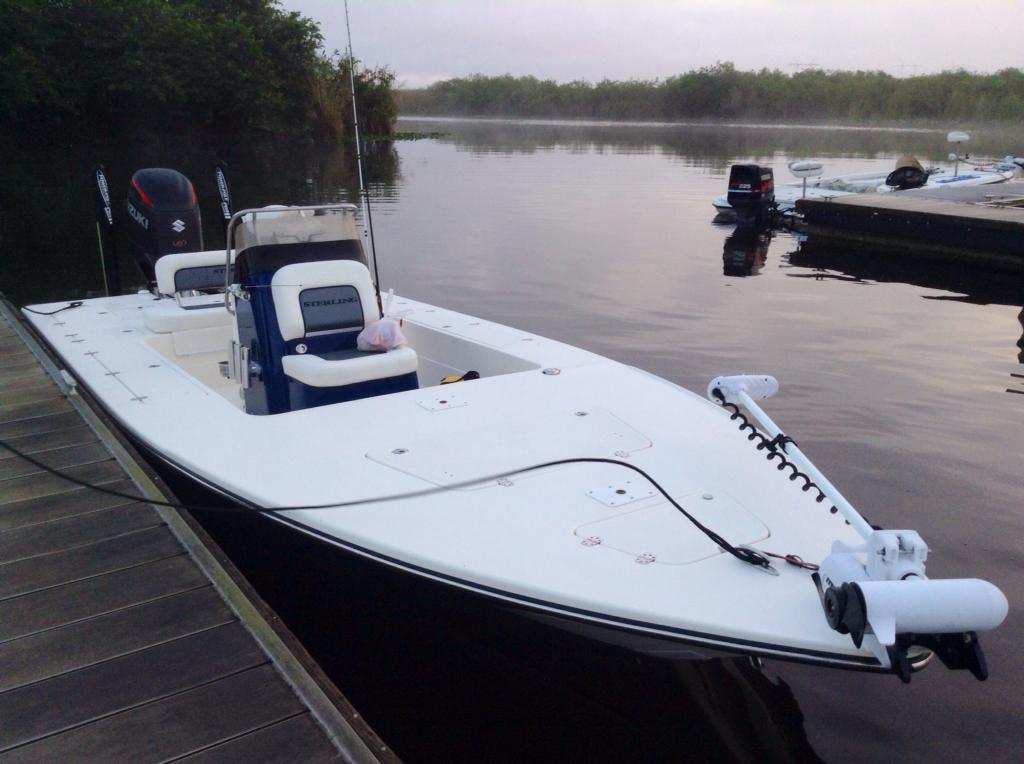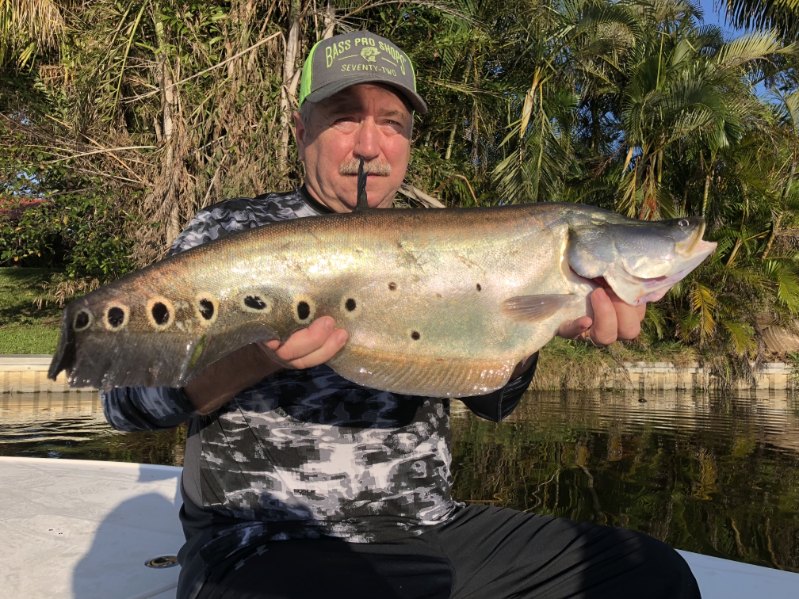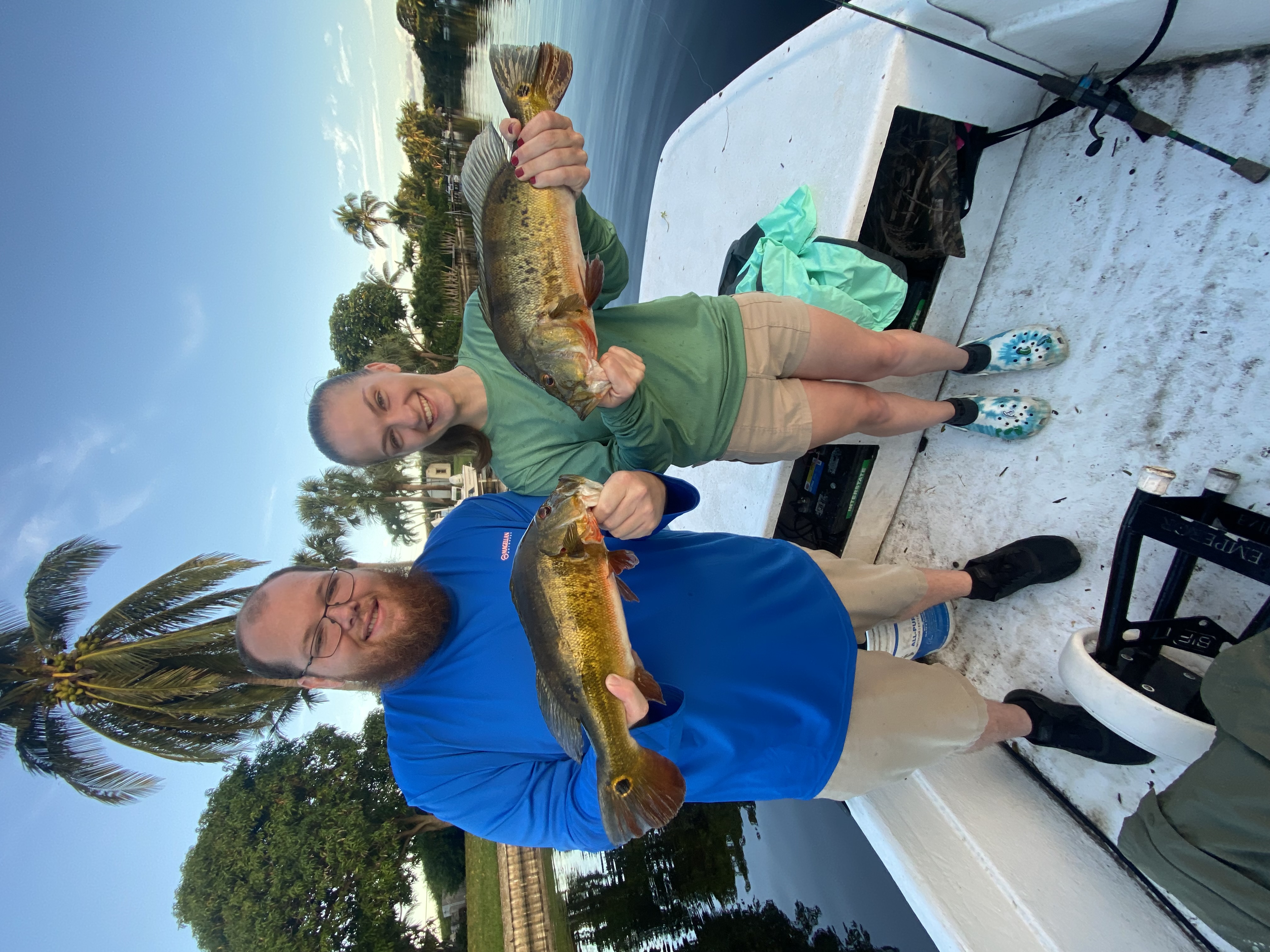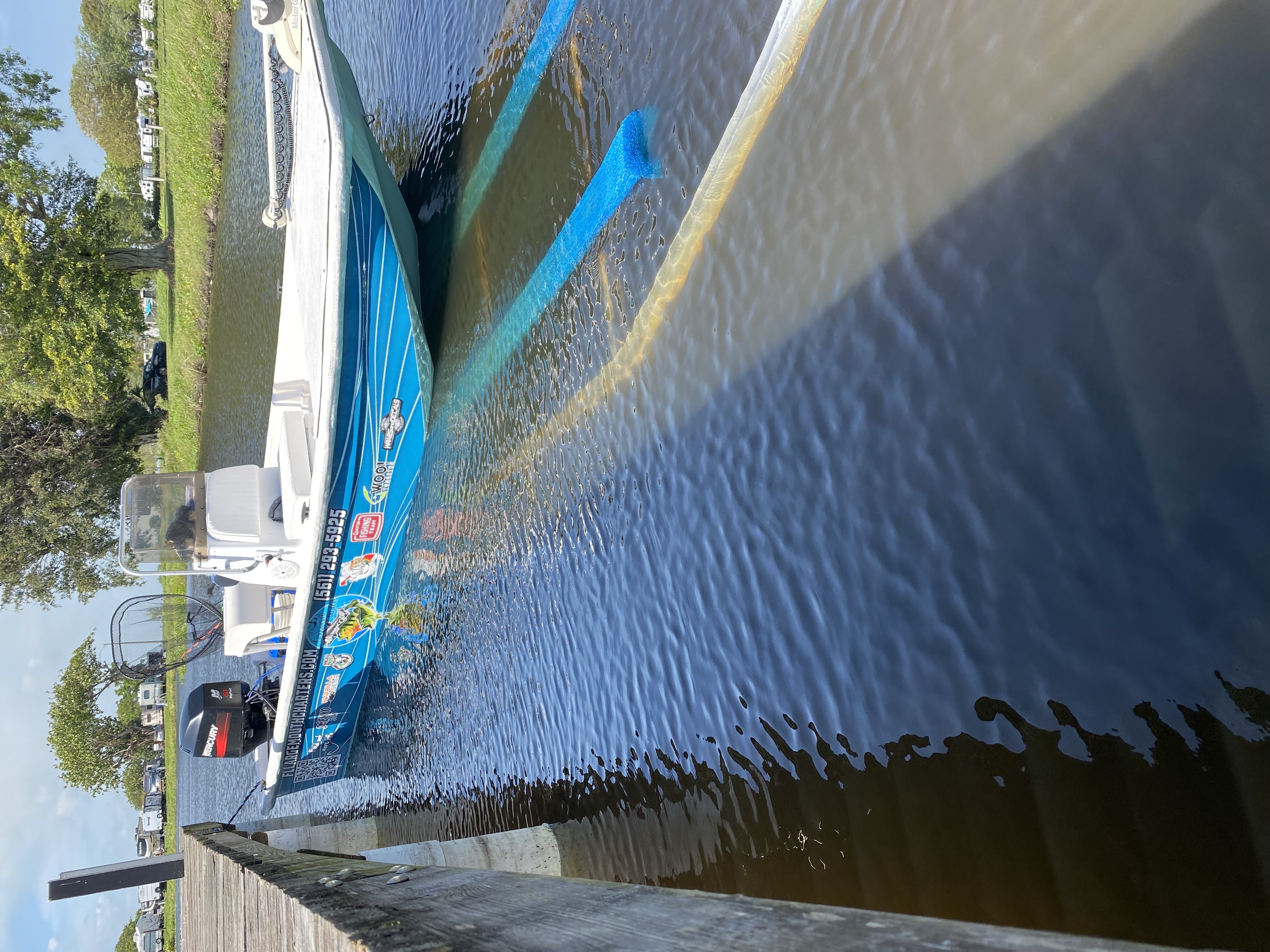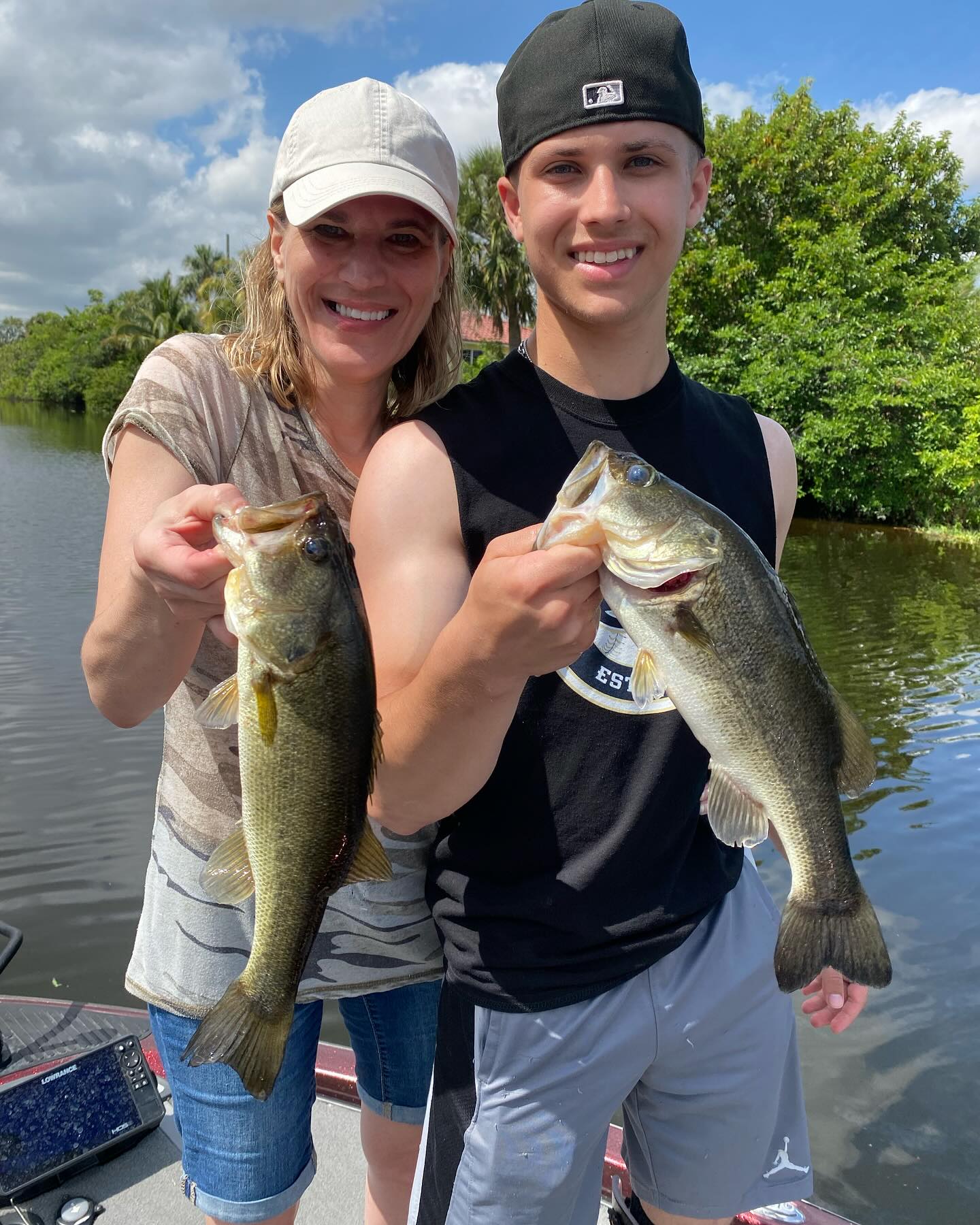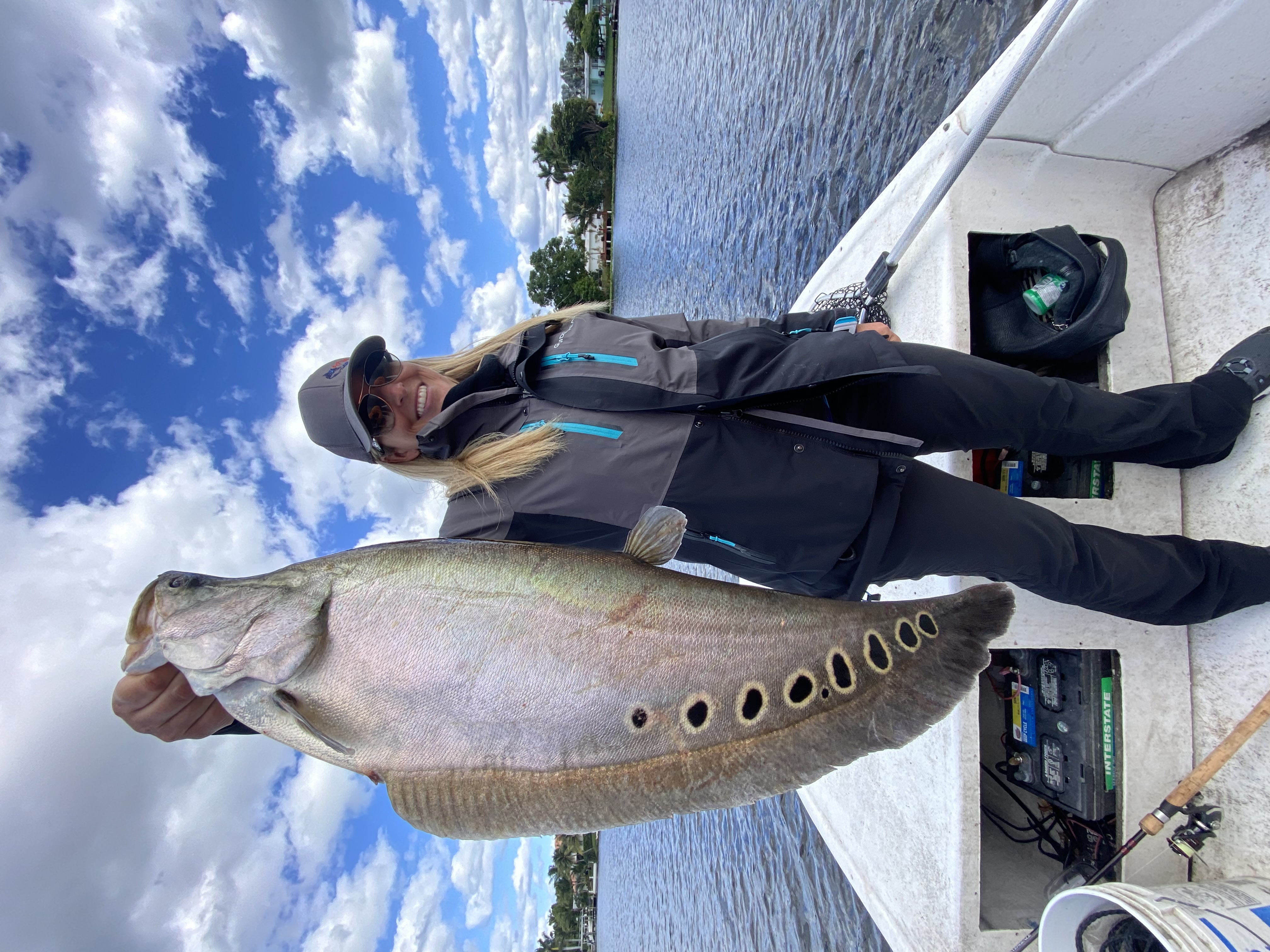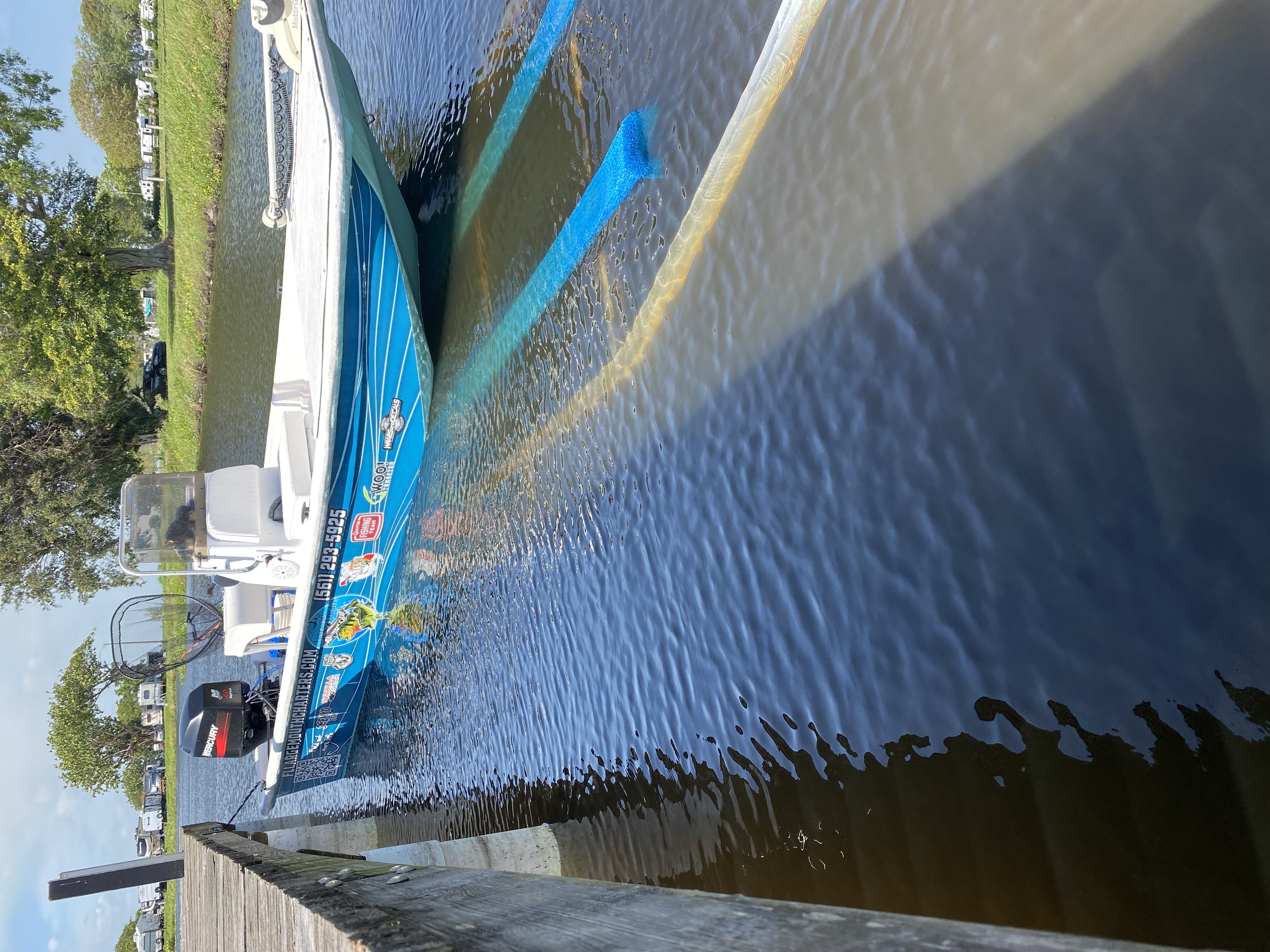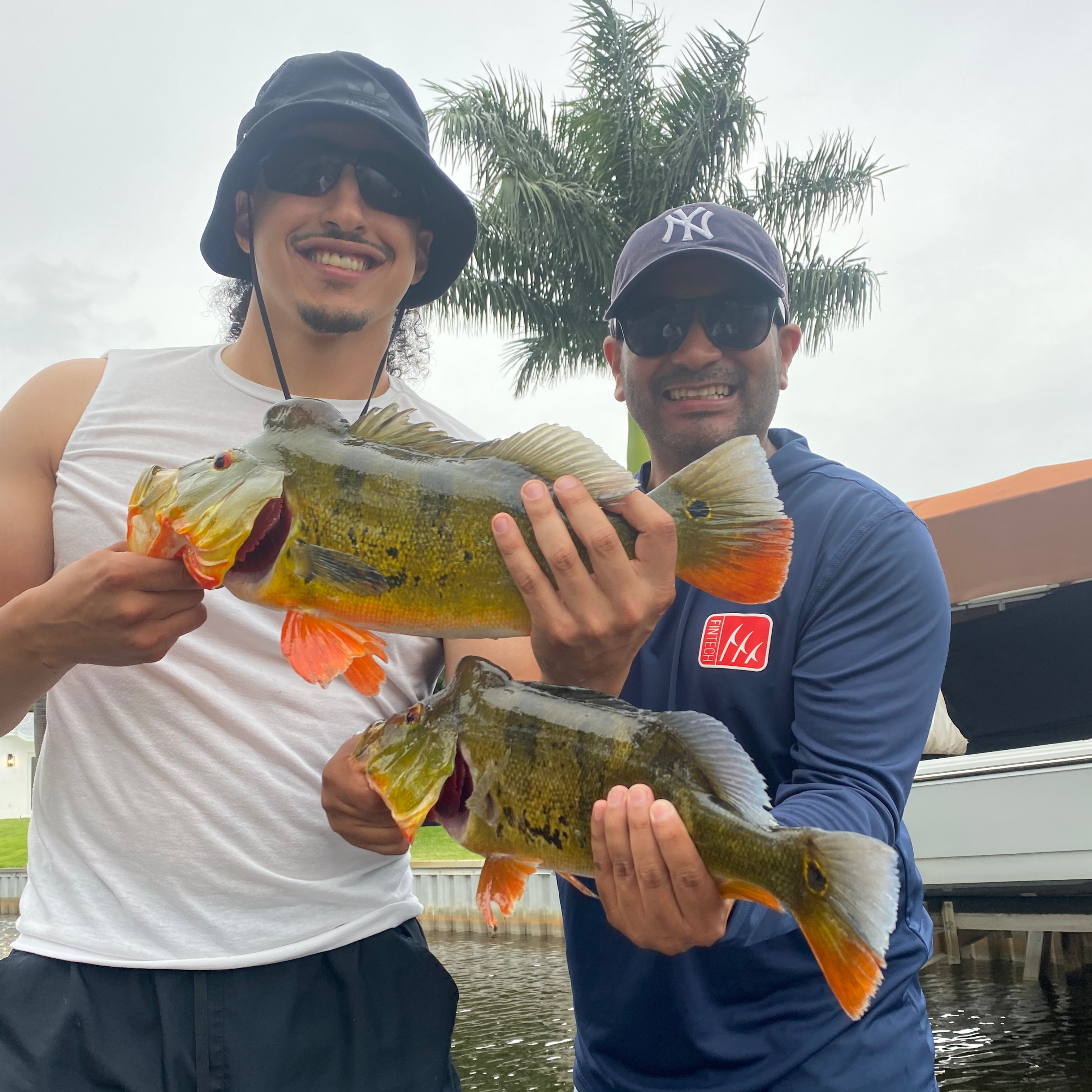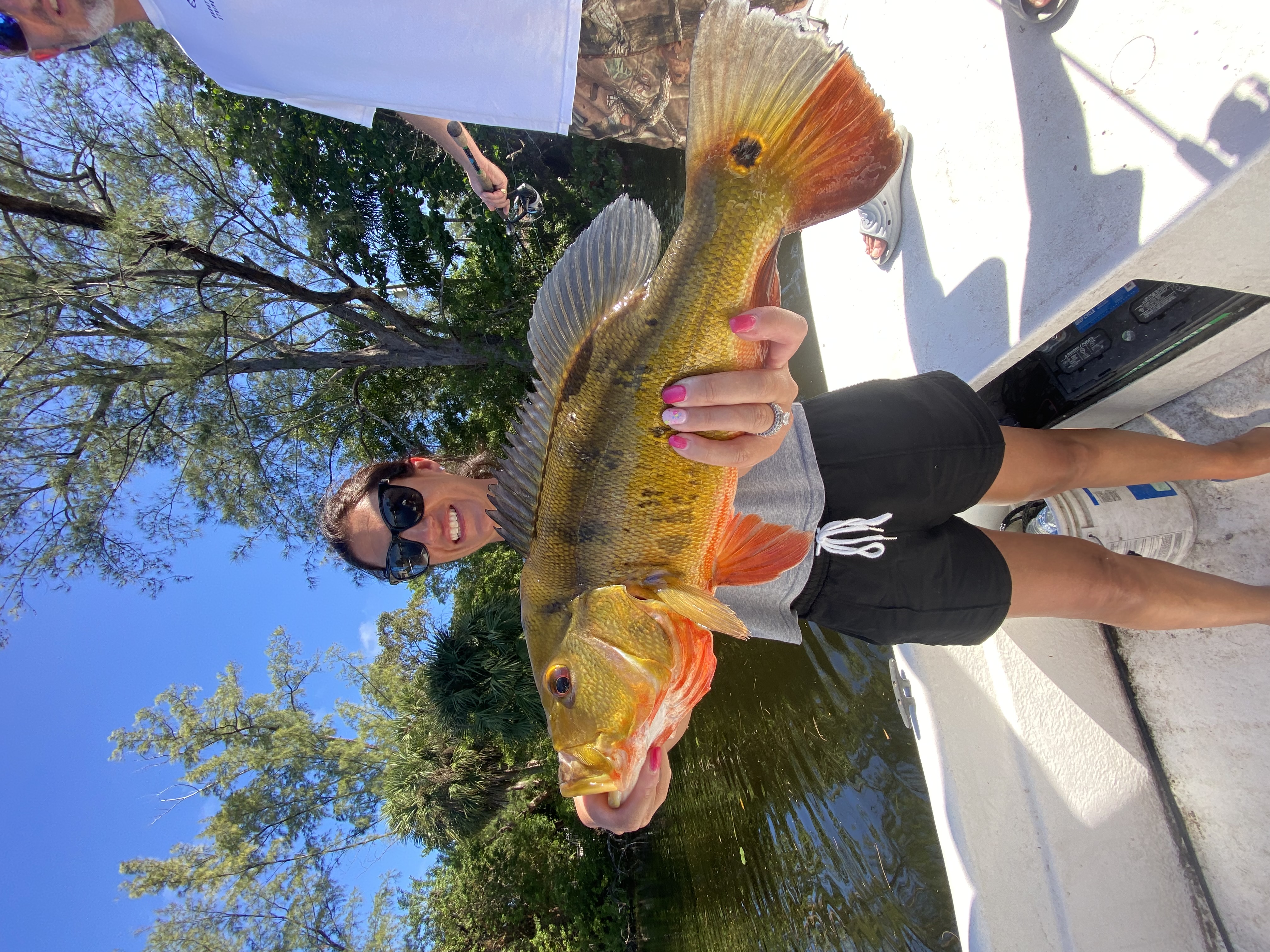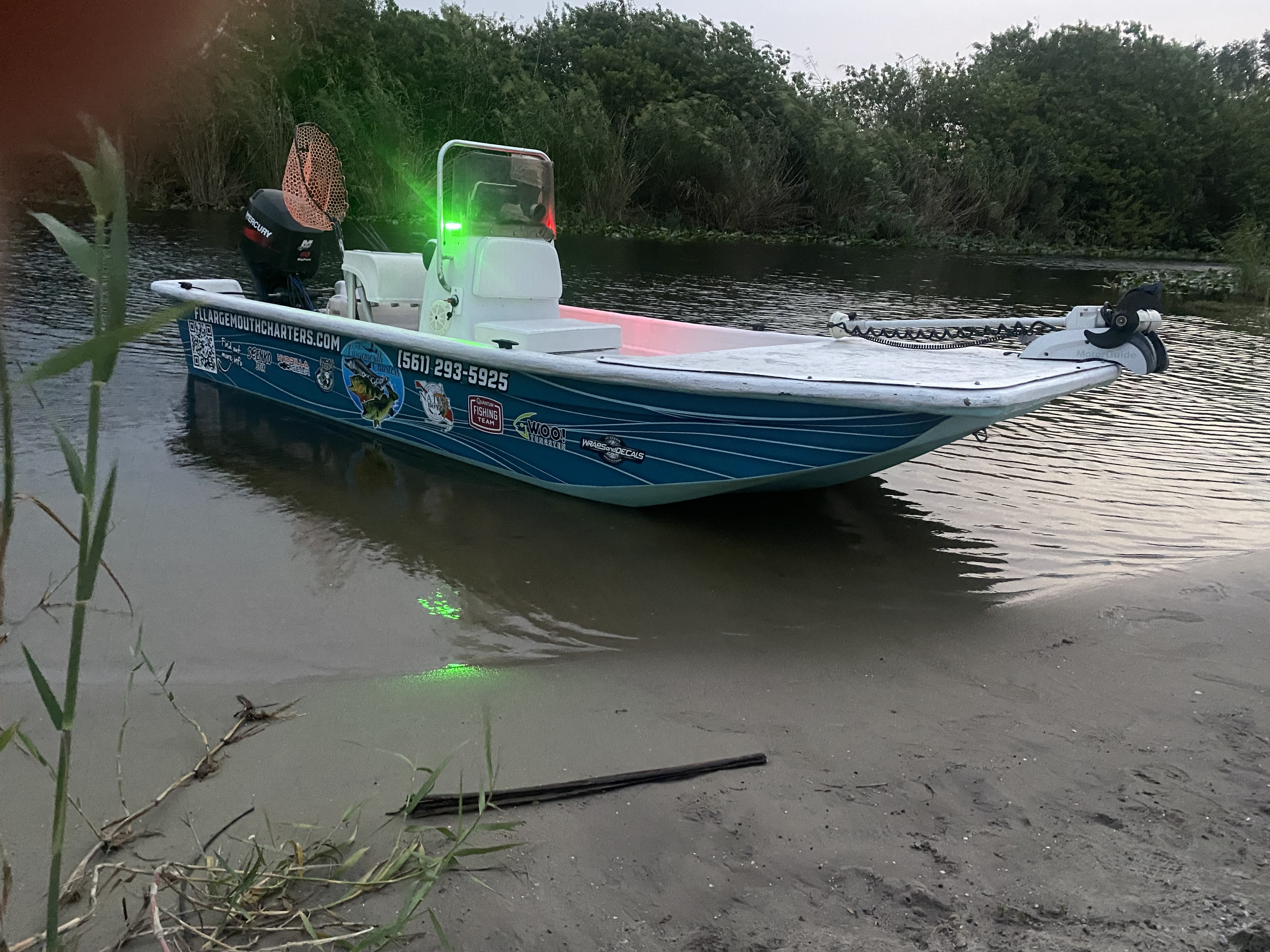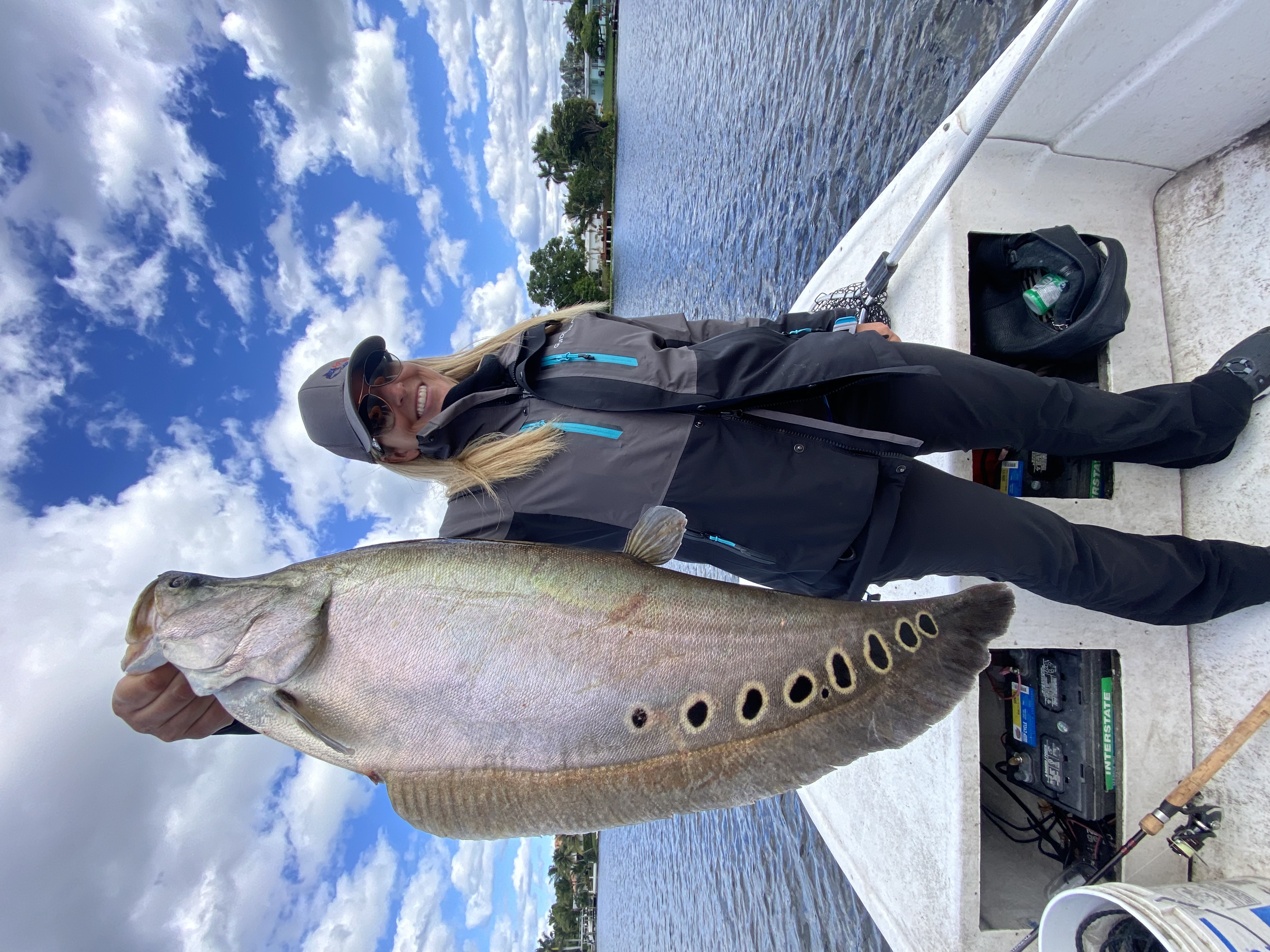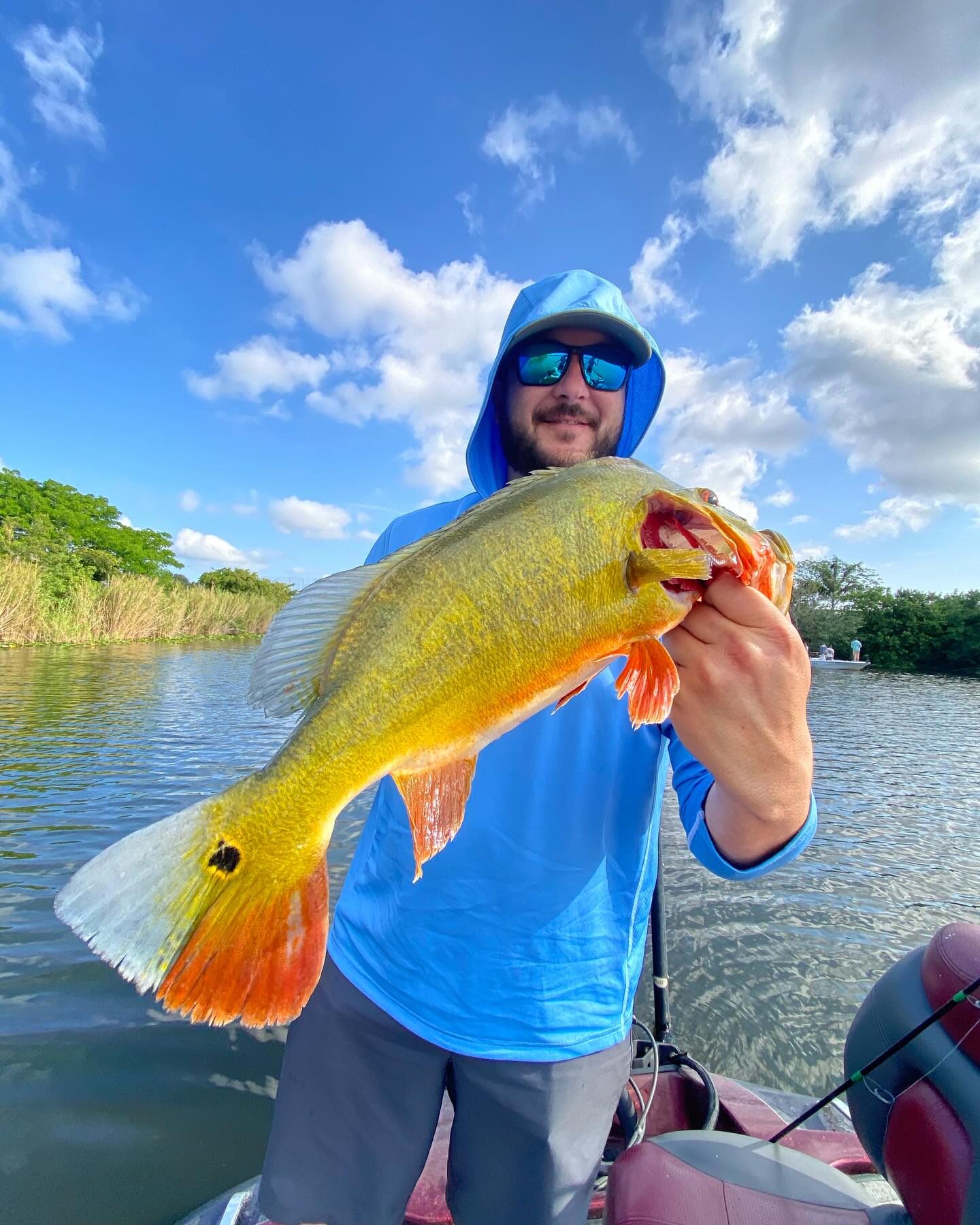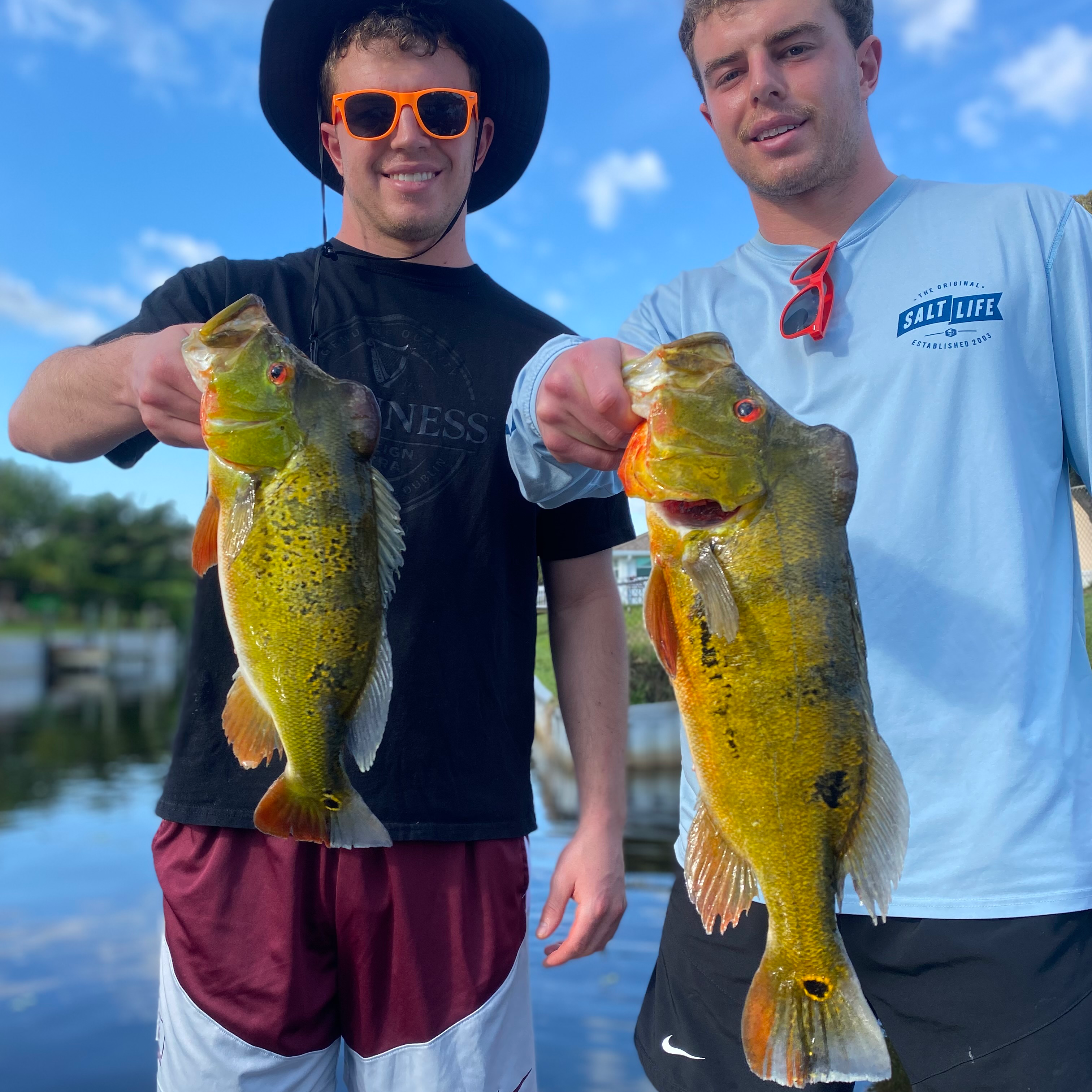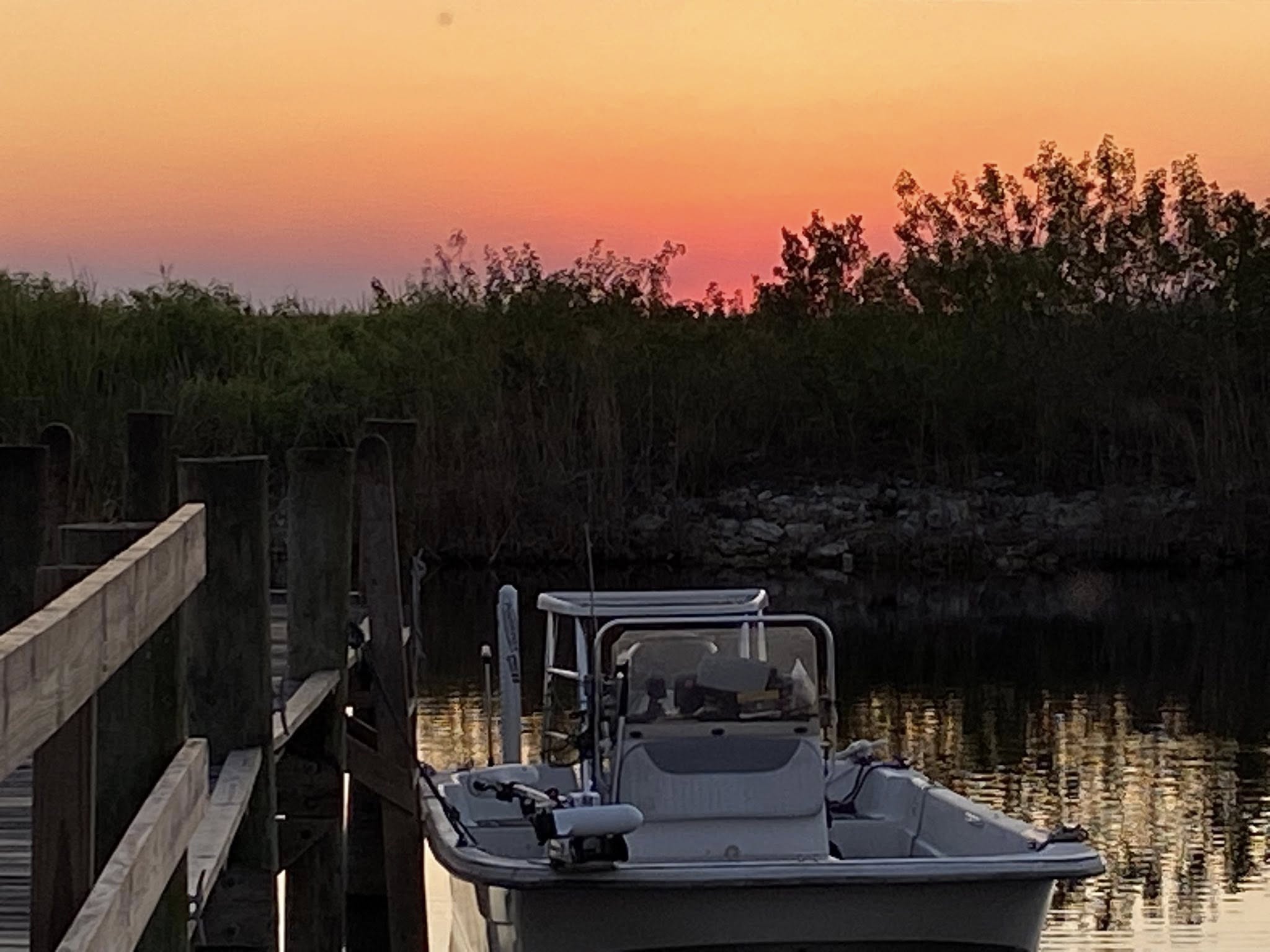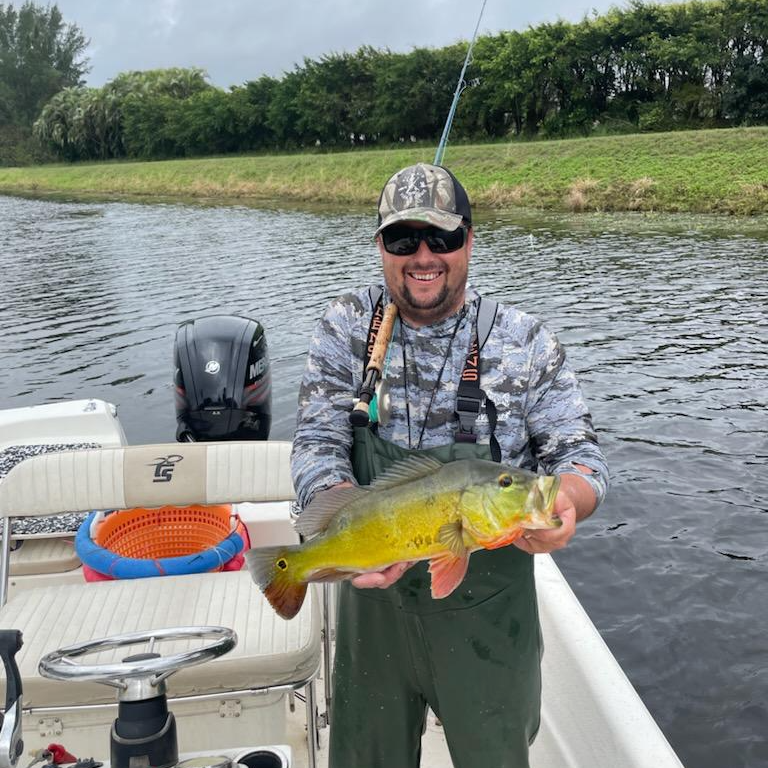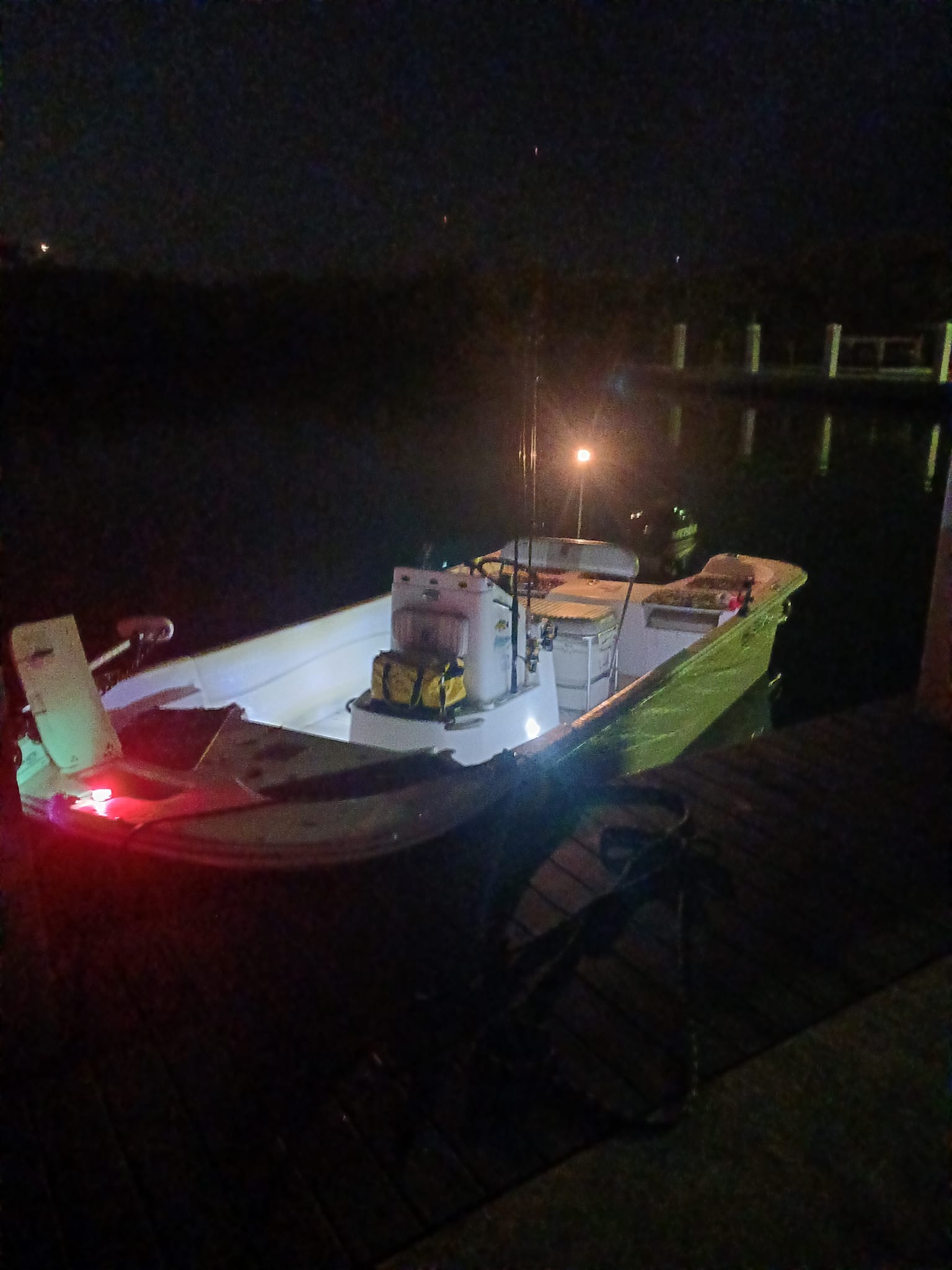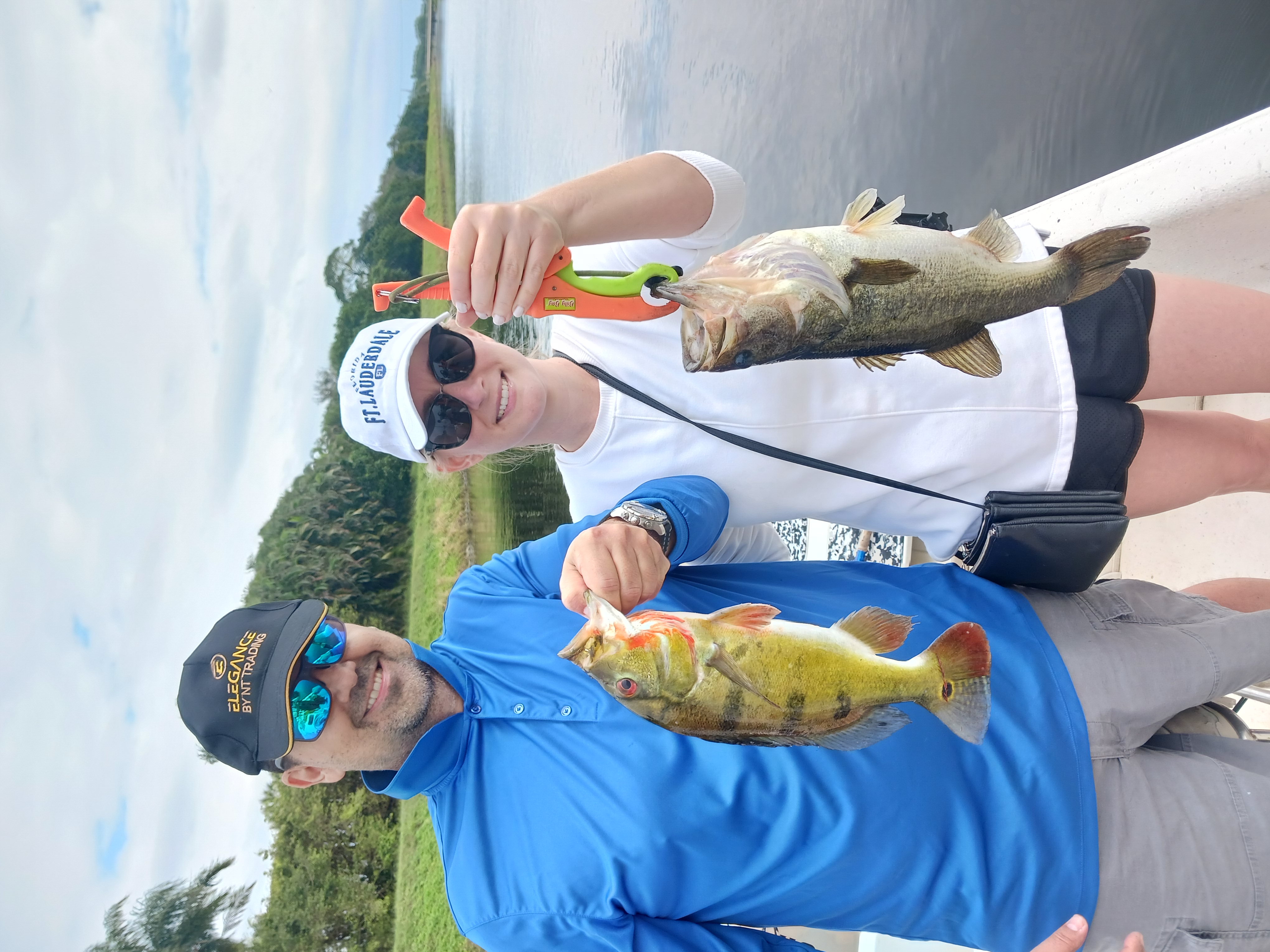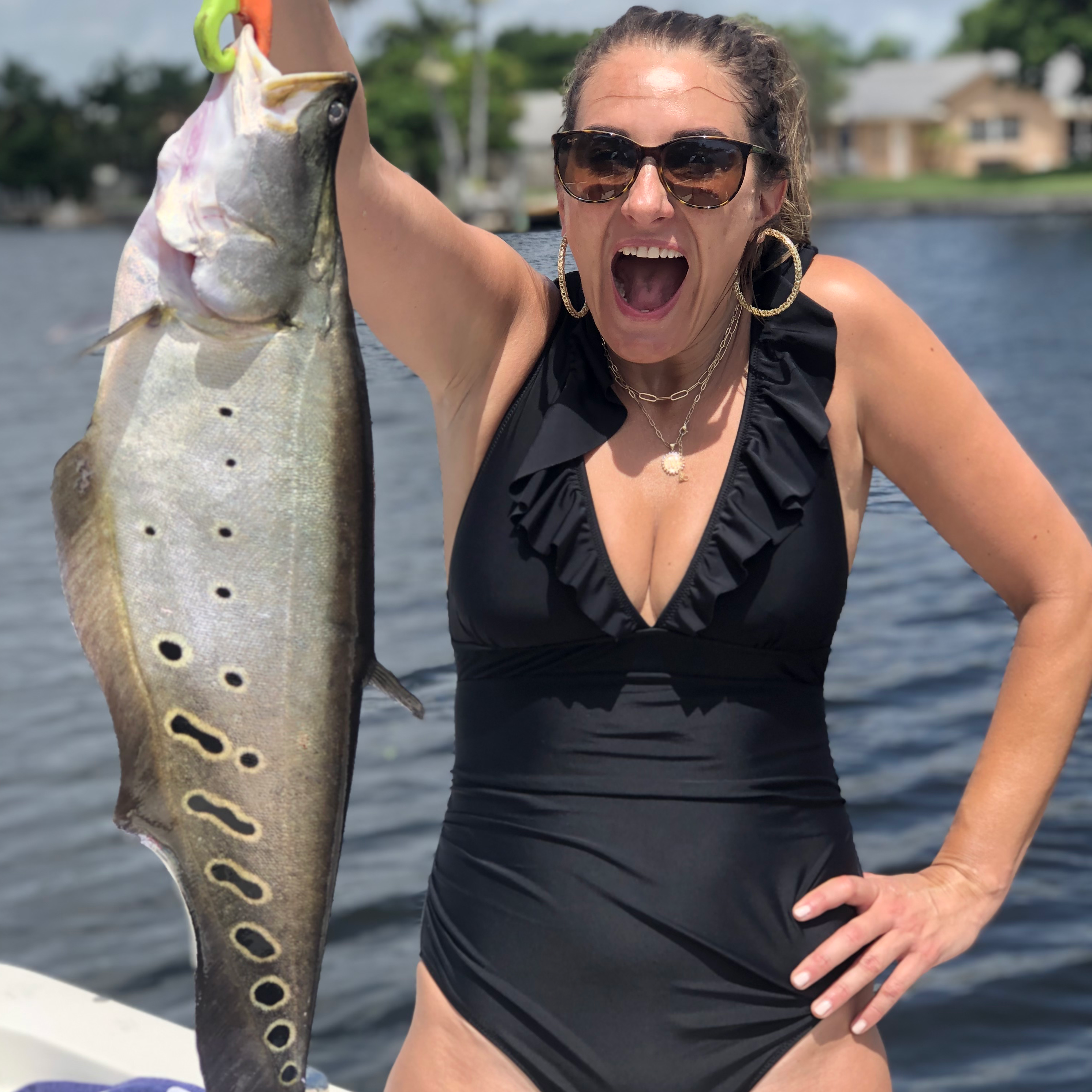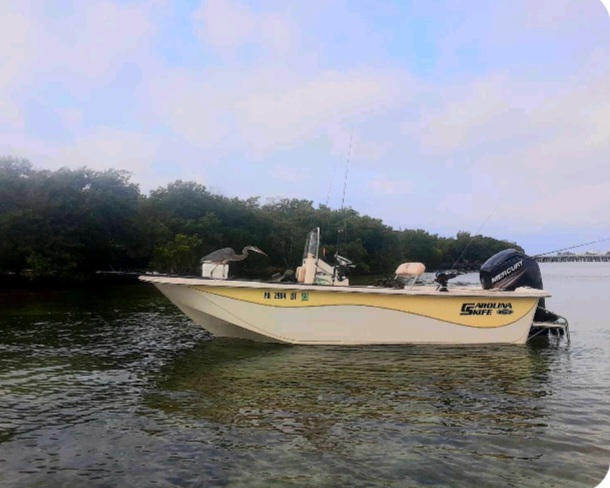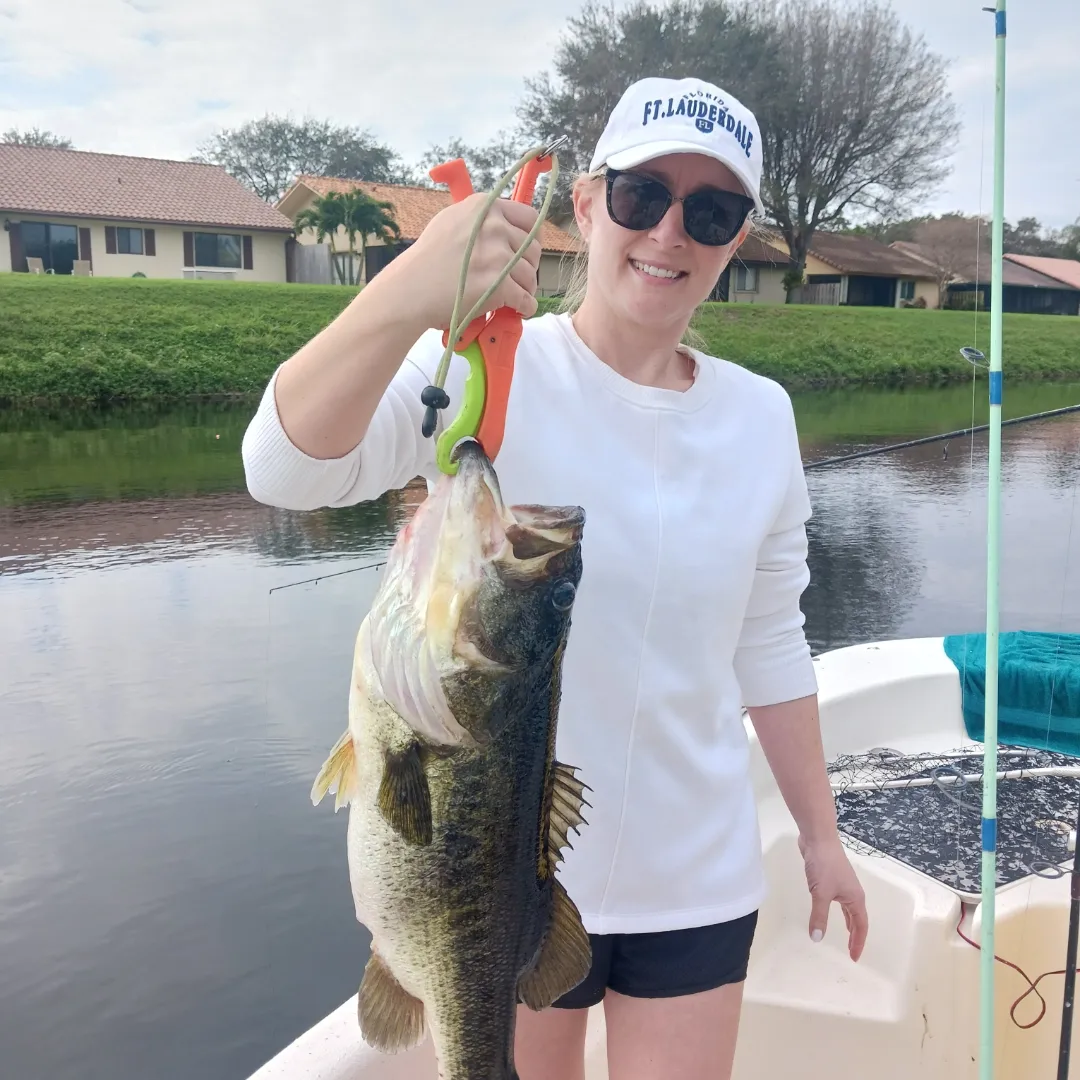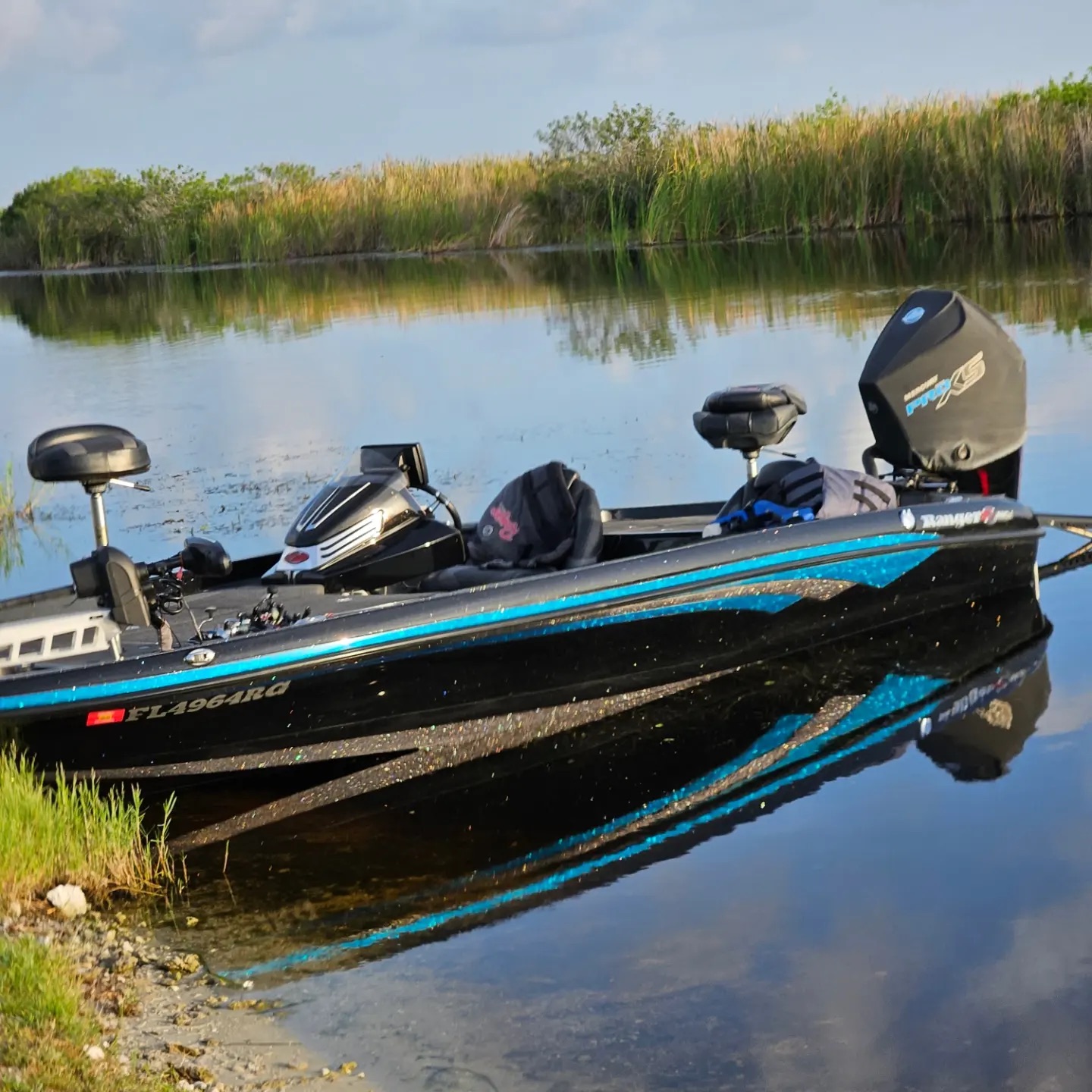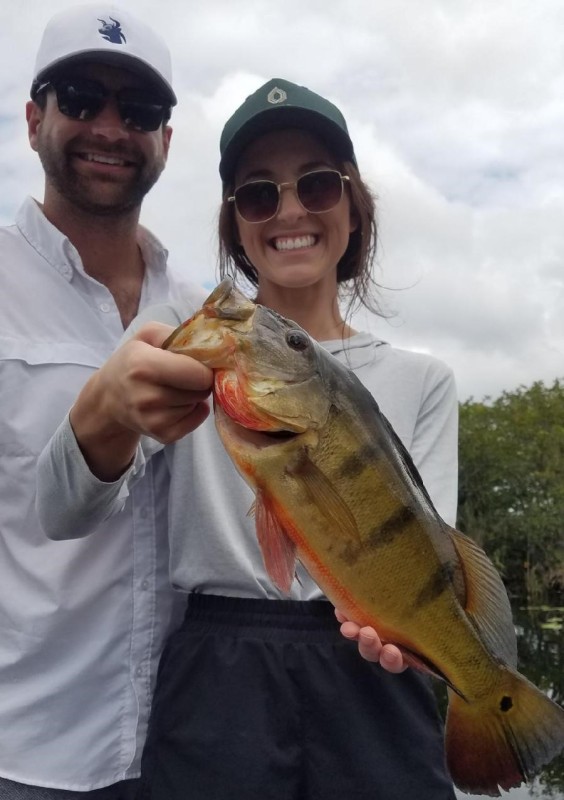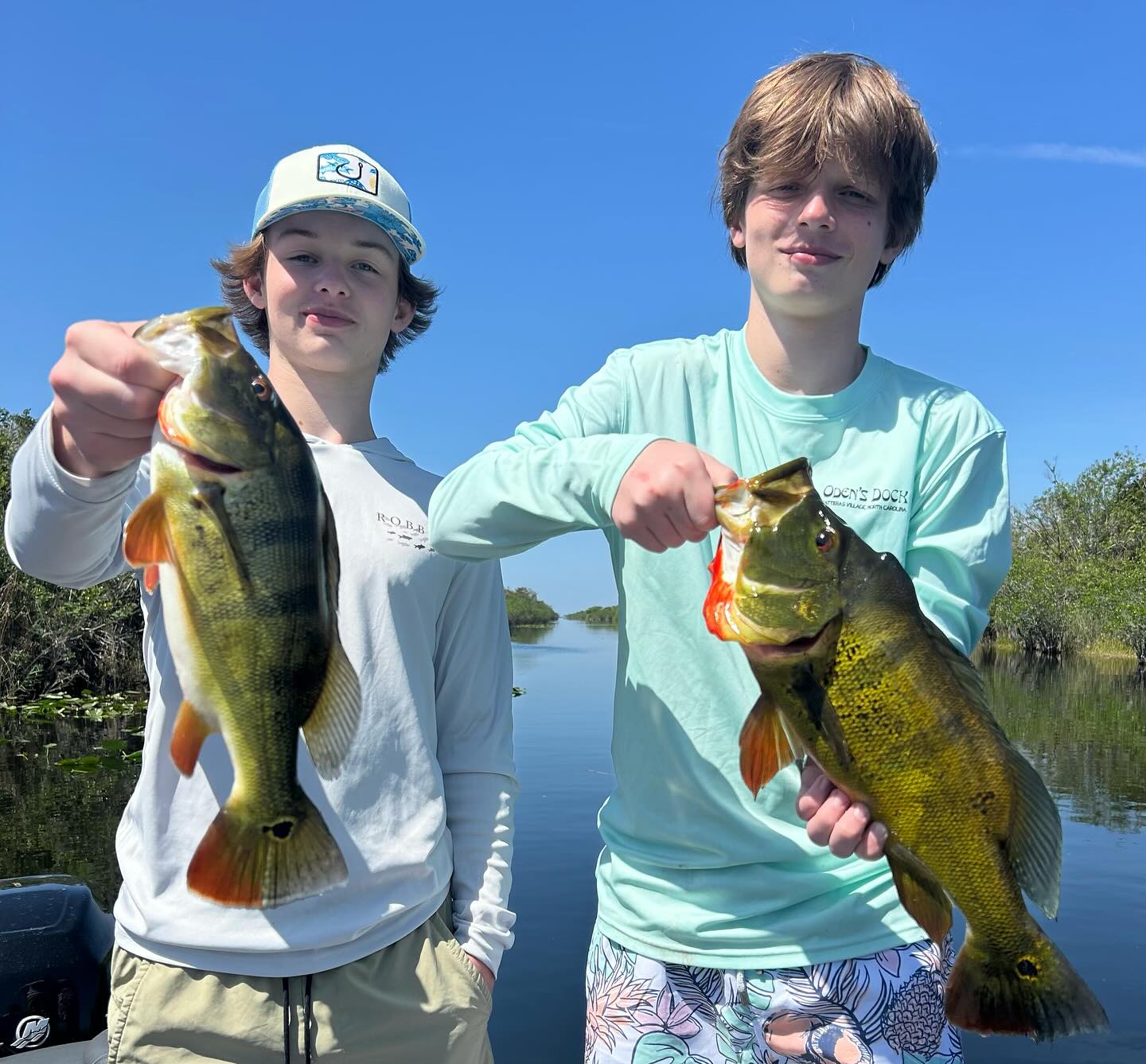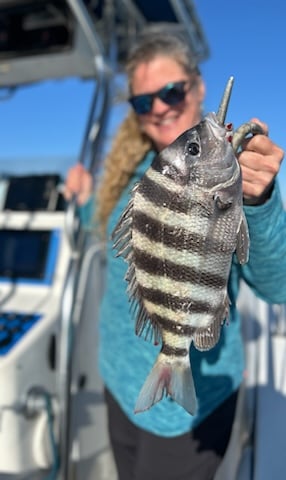River, Lake Fishing in Plantation
Everglades Clown Knifefish Trips
Lake Fishing in West Palm Beach
Peacock Bass Kids Quick Trip
Lake Fishing in West Palm Beach
Fun Full Day Peacocks And Exotics
Lake Fishing in West Palm Beach
Epic Peacocks And Exotics (PM)
Lake Fishing in West Palm Beach
Epic Peacocks And Exotics (AM)
Catfish Hunter
6 Hr Am Exotics
4 Hr AM Exotics
Flats Fishing in Fort Lauderdale
Everglades Trip - 21’ Storm
Lake Fishing in Fort Lauderdale
Everglades Freshwater Special
We started Captain Experiences to make it easy to book fishing and hunting guides around the world. With over 2,000 Damn Good Guides, our platform makes finding and booking a trip seamless. Head here to check out our trips.
In the waters of Florida, an unseen war rages beneath the waves – a silent invasion that threatens the very fabric of its aquatic ecosystems. This battle isn't waged by typical predators, but by invasive fish species, stealthy interlopers disrupting the balance of life. In this post, we'll shine a spotlight on these invaders, explaining why their uncontrolled proliferation in Florida's waters is a pressing concern that merits immediate action and sustained vigilance.
What is an ‘Invasive Species’?

An 'invasive species' is an organism that is not native to a specific location and has a tendency to spread, which can cause damage to the environment, human economy, or human health. Fish become invasive when they are introduced to new habitats where they have no natural predators, often outcompeting native species for resources. These fish can find their way into new habitats via pathways such as aquarium releases, escape from fish farms, ballast water discharge from ships, and even through natural events like hurricanes.
The impacts of invasive fish species are far-reaching. They can drastically alter the food web, lead to the extinction of native species, and change the physical environment. Economically, they can decimate local fisheries, affect tourism, and cost millions in management and control efforts.
Non-Native Species vs Invasive Species
Not all fish that find their way into new waters become problematic. Non-native species, those not indigenous to an ecosystem, may coexist without significant impact. However, an invasive species is one whose introduction does cause harm. Florida's subtropical climate is hospitable to many non-native species, yet not all have become invasive due to factors like the absence of a competitive edge, inability to reproduce in the wild, or reliance on specific conditions not met in their new environment.
Invasive Fish Species in Florida
Florida's warm waters and interconnected waterways provide an ideal breeding ground for invasive fish. Some of the most notorious invaders include:
Blue Tilapia

Originating from the Middle East and Africa, the Blue Tilapia was introduced to Florida through aquaculture. Its adaptability and prolific breeding have enabled it to thrive.
Armored Catfish

Native to the Amazon Basin, the Armored Catfish has established a foothold in Florida, mainly due to the aquarium trade. Its burrowing behavior negatively affects local shorelines and habitats.
Snakehead
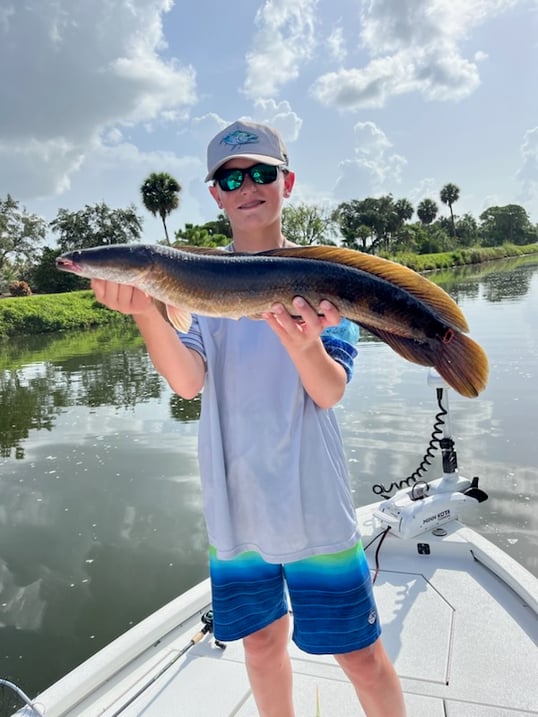
The Snakehead, a voracious predator from Africa and Asia, entered Florida's waters through the live food fish market. Its presence is concerning due to its predatory nature and rapid reproduction.
Walking Catfish
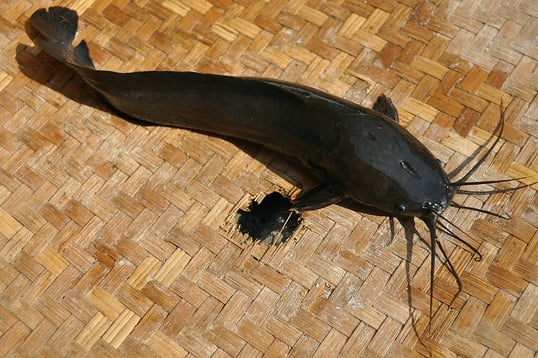
The Walking Catfish, an Asian species, can 'walk' across land to new water bodies. Its introduction is attributed to accidental release from breeding facilities.
Clown Knife Fish
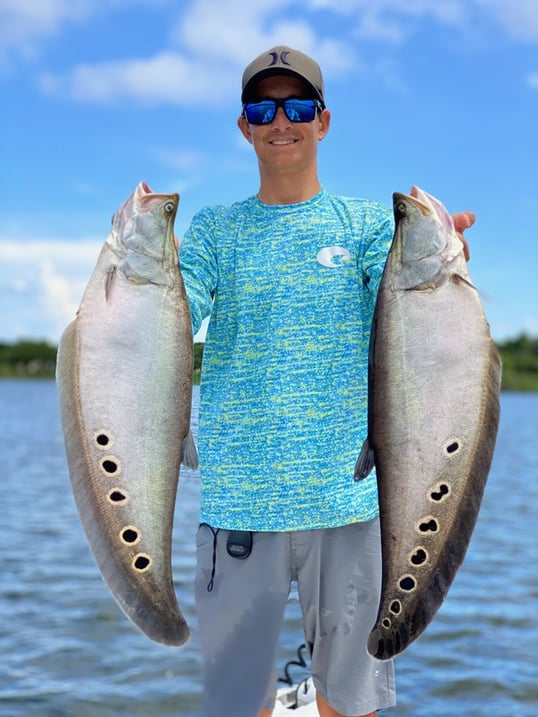
Another escapee from the ornamental fish industry, the Clown Knife Fish from Southeast Asia is now found in Florida's waterways.
Oscar Fish
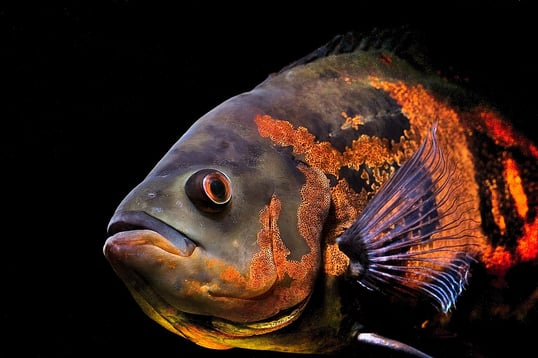
The Oscar Fish, native to South America, has become a popular aquarium fish. Released pets have led to a self-sustaining population in Florida.
Lionfish
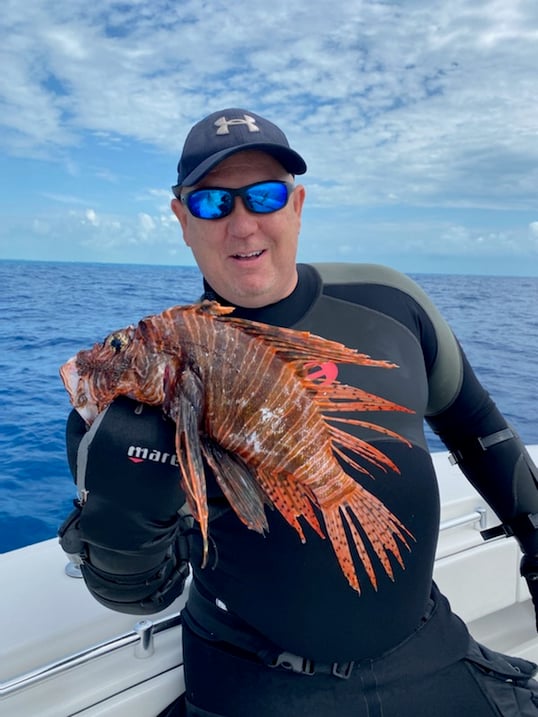
Perhaps the most infamous, the Lionfish, is native to the Indo-Pacific but has become a widespread invader in the Atlantic, partly due to aquarium releases.
Impact of Invasive Fish on Florida’s Ecosystems
Invasive fish have reshaped Florida's aquatic landscapes. The Lionfish, for instance, preys on and competes with native fish, including economically important species. The Armored Catfish erodes shorelines where they nest, affecting water quality and habitat structure. These disruptions cascade throughout the ecosystem, altering food chains and reducing biodiversity.
Management and Control of Invasive Fish Species
Florida has implemented various strategies to curb the spread of invasive fish, including public awareness campaigns, regulations on the aquarium trade, and targeted removal efforts. Mechanical removal, such as netting and electrofishing, along with habitat modification, are some of the control measures employed. Their effectiveness is an ongoing subject of research, but these efforts have seen varied success, with complete eradication often proving elusive.
Fishing for Invasive Fish Species in Florida
Florida encourages the fishing of invasive species to help manage their populations. For many invasive fish, there are no bag or size limits, allowing anglers to assist in control efforts. Fishing not only aids in reducing the numbers of these species but also offers unique challenges for anglers looking for something different.
When targeting invasive species, local knowledge is key. Charters specializing in invasive species can provide expertise on habitats, behaviors, and effective methods for fishing these invaders, whether it's the right bait for Lionfish or the best spots to find Peacock Bass.
Book a Fishing Charter and Help Protect Florida’s Ecosystems
The invasion of non-native fish species in Florida's waters is a complex issue with ecological, economic, and social dimensions. By understanding the challenges posed by these species, supporting management and control efforts, and participating in fishing activities that target these invaders, we can all play a part in protecting Florida's rich and diverse aquatic ecosystems. Captain Experiences is your gateway to joining this effort. Book a Florida fishing charter today, and contribute to the preservation of Florida's waterways, all while enjoying the unique thrills that come with fishing for these invasive species.
Jake Lane
Updated on November 2, 2023

April 26, 2022

November 7, 2023
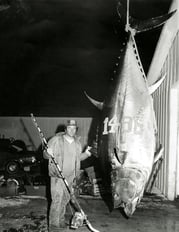
June 3, 2021

March 8, 2022

August 21, 2023
Related Articles
June 28, 2023
January 8, 2024
Featured Locations
- Fishing Charters Near Me
- Austin Fishing Guides
- Biloxi Fishing Charters
- Bradenton Fishing Charters
- Cabo San Lucas Fishing Charters
- Cancun Fishing Charters
- Cape Coral Fishing Charters
- Charleston Fishing Charters
- Clearwater Fishing Charters
- Corpus Christi Fishing Charters
- Crystal River Fishing Charters
- Dauphin Island Fishing Charters
- Daytona Beach Fishing Charters
- Destin Fishing Charters
- Fort Lauderdale Fishing Charters
- Fort Myers Fishing Charters
- Fort Walton Beach Fishing Charters
- Galveston Fishing Charters
- Gulf Shores Fishing Charters
- Hatteras Fishing Charters
- Hilton Head Fishing Charters
- Islamorada Fishing Charters
- Jacksonville Fishing Charters
- Jupiter Fishing Charters
- Key Largo Fishing Charters
- Key West Fishing Charters
- Kona Fishing Charters
- Lakeside Marblehead Fishing Charters
- Marathon Fishing Charters
- Marco Island Fishing Charters
- Miami Fishing Charters
- Montauk Fishing Charters
- Morehead City Fishing Charters
- Naples Fishing Charters
- New Orleans Fishing Charters
- New Smyrna Beach Fishing Charters
- Ocean City Fishing Charters
- Orange Beach Fishing Charters
- Panama City Beach Fishing Charters
- Pensacola Fishing Charters
- Pompano Beach Fishing Charters
- Port Aransas Fishing Charters
- Port Orange Fishing Charters
- Rockport Fishing Charters
- San Diego Fishing Charters
- San Juan Fishing Charters
- Sarasota Fishing Charters
- South Padre Island Fishing Charters
- St. Augustine Fishing Charters
- St. Petersburg Fishing Charters
- Tampa Fishing Charters
- Tarpon Springs Fishing Charters
- Venice Fishing Charters
- Virginia Beach Fishing Charters
- West Palm Beach Fishing Charters
- Wilmington Fishing Charters
- Wrightsville Beach Fishing Charters

